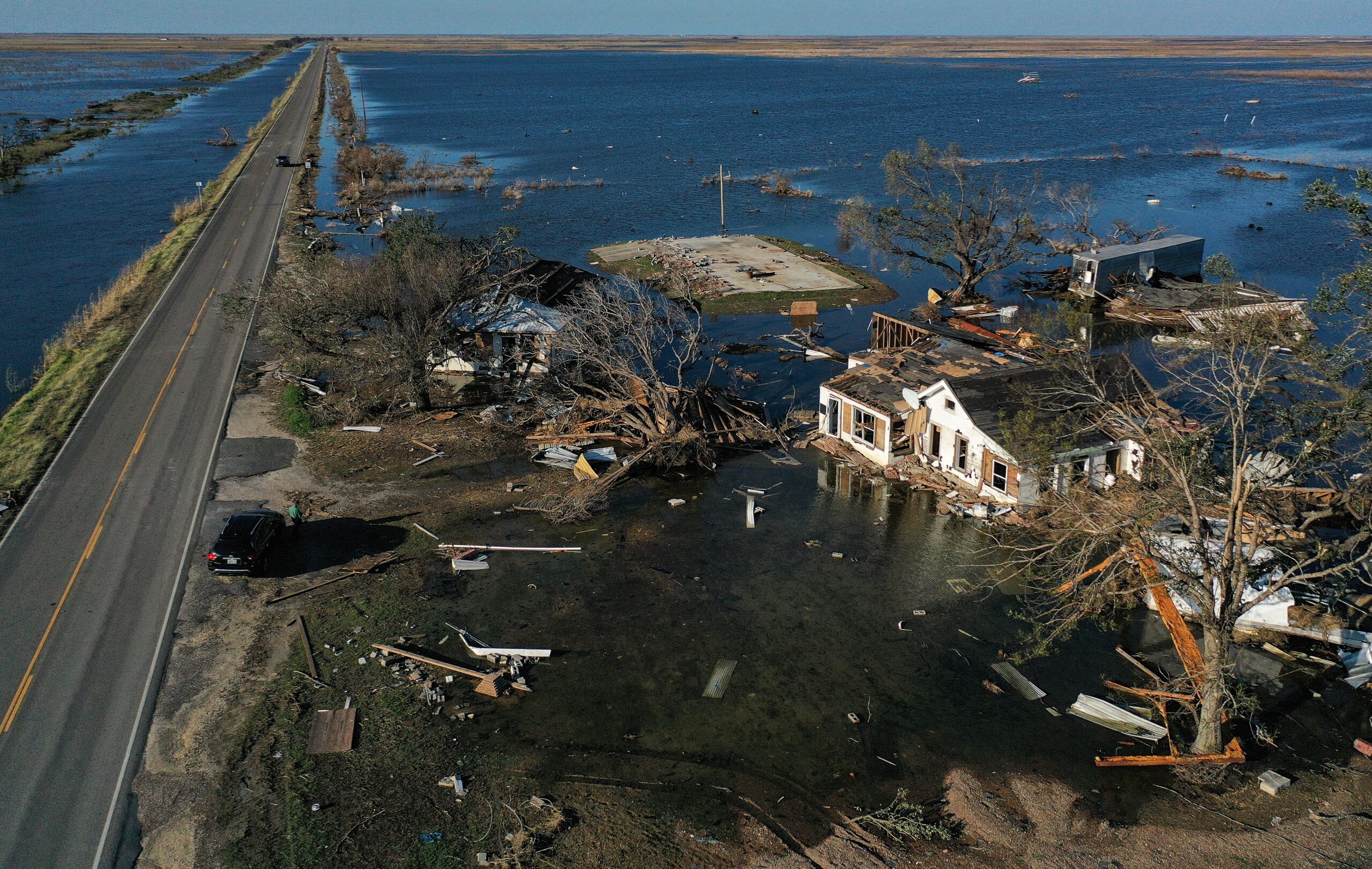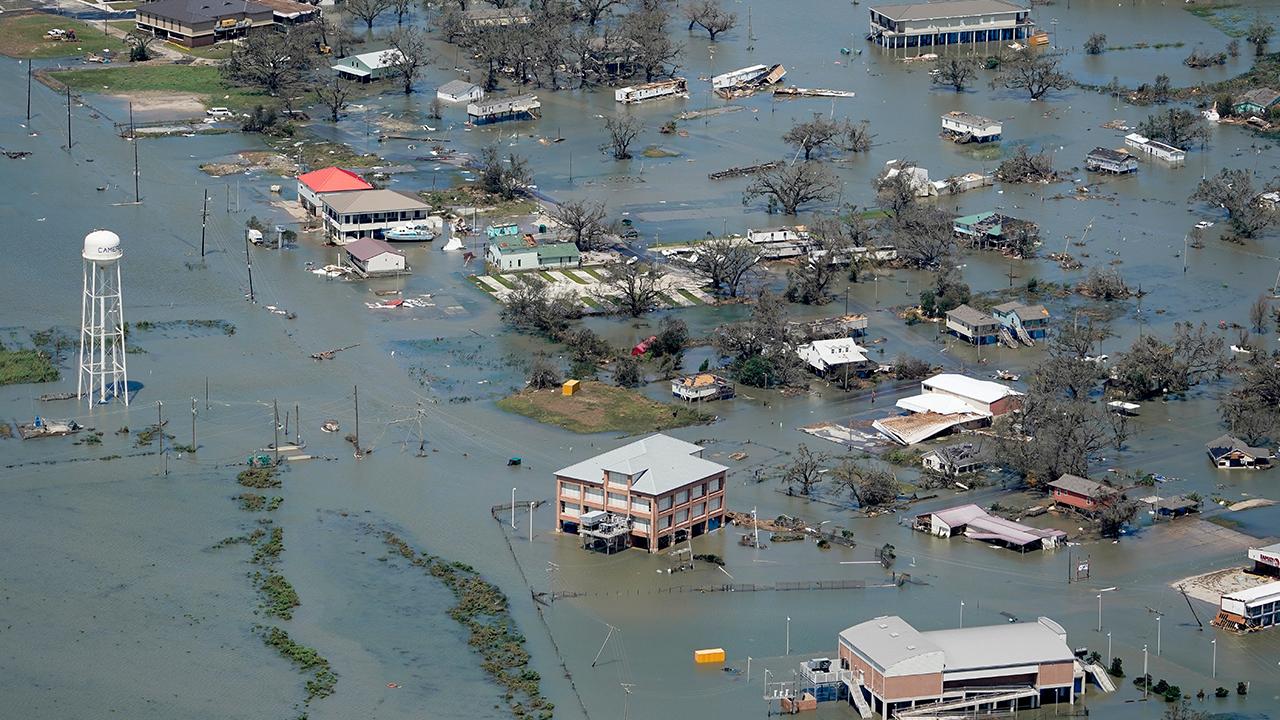Introduction: Louisiana and Its Hurricane History
When discussing hurricanes in the United States, Louisiana is often one of the first states that comes to mind. Nestled along the Gulf of Mexico, Louisiana’s low-lying geography and warm coastal waters make it especially vulnerable to powerful storms. From devastating floods to mass evacuations, the phrase “hurricane Louisiana” evokes images of resilience, hardship, and recovery. Over the years, several hurricanes have not only impacted the physical landscape but also reshaped the social, economic, and cultural fabric of the state.
Geography: Why Louisiana Is Hurricane-Prone
Louisiana’s unique geography plays a major role in its hurricane susceptibility. Much of the state lies at or below sea level, particularly in and around New Orleans. The Mississippi River Delta and vast stretches of marshland provide little natural defense against storm surges. The Gulf of Mexico, which borders the southern coast, is a warm body of water that fuels hurricane formation. When a hurricane builds strength over the Gulf, Louisiana often finds itself directly in its path.
The phrase “hurricane Louisiana” is more than just a weather term—it’s a reality that communities live with each hurricane season, which typically runs from June through November.
Historic Hurricanes That Devastated Louisiana
Several hurricanes have left a lasting impact on Louisiana. Here are some of the most significant:
Hurricane Katrina (2005)
No discussion of hurricane Louisiana is complete without mentioning Hurricane Katrina. Striking in late August 2005, Katrina was one of the most catastrophic natural disasters in U.S. history. Though it made landfall in Mississippi, the storm’s effects on Louisiana—especially New Orleans—were disastrous. Levee failures led to massive flooding, submerging 80% of New Orleans. Over 1,800 lives were lost, and hundreds of thousands of people were displaced.
Katrina highlighted critical issues in emergency response, infrastructure, and urban planning. It also triggered long-term demographic and economic shifts across the state.
Hurricane Ida (2021)
Another recent storm that defines hurricane Louisiana history is Hurricane Ida. Making landfall on August 29, 2021—the 16th anniversary of Katrina—Ida struck as a Category 4 hurricane with winds exceeding 150 mph. It caused severe damage in southern Louisiana, including power outages that affected over one million people. While the upgraded levee system in New Orleans held strong, smaller communities bore the brunt of the storm.
Ida showcased Louisiana’s improved resilience but also revealed continuing vulnerabilities, especially in rural and coastal areas.
Other Notable Storms
Other storms such as Hurricane Laura (2020), Hurricane Gustav (2008), and Hurricane Betsy (1965) have each contributed to the narrative of hurricane Louisiana. These hurricanes caused billions in damage and led to major evacuations, but also spurred stronger building codes and infrastructure reforms across the state.
Impact on Communities and Economy
The economic toll of hurricanes in Louisiana is staggering. From destroyed homes and businesses to disrupted oil and gas production, each storm leaves a heavy financial burden. In 2005, Katrina alone caused an estimated $125 billion in damage, making it one of the costliest hurricanes ever.
Beyond the economy, the human cost is often more severe. Displacement, trauma, and loss affect thousands of residents. Many families never return to their homes, and entire neighborhoods can be changed forever. The repeated threat of hurricane Louisiana also influences insurance rates, real estate markets, and job security.
Emergency Preparedness and Government Response
Louisiana’s state and local governments have learned difficult lessons from past storms. Today, emergency preparedness includes mandatory evacuation protocols, hurricane shelters, and real-time alert systems. Agencies like FEMA, the National Guard, and the Louisiana Office of Homeland Security and Emergency Preparedness (GOHSEP) coordinate responses to major events.
Infrastructure improvements—such as the Hurricane and Storm Damage Risk Reduction System (HSDRRS) around New Orleans—have made a real difference in protecting critical areas. Still, each new storm brings fresh challenges and tests the system’s limits.
Climate Change and the Future of Hurricanes in Louisiana
The future of hurricane Louisiana is uncertain, but climate scientists warn that climate change may lead to stronger, wetter, and more frequent hurricanes. Warmer ocean temperatures create more powerful storms, while rising sea levels exacerbate flooding risks. Louisiana’s wetlands, which serve as natural buffers, continue to erode at alarming rates—making the state even more exposed.
In response, there are growing calls for sustainable development, coastal restoration, and climate resilience planning. Projects like barrier island restoration and wetland rehabilitation aim to rebuild Louisiana’s natural defenses.
Community Resilience: The Spirit of Louisiana
Despite the recurring threat of hurricanes, the people of Louisiana demonstrate remarkable resilience. Communities come together to rebuild homes, support neighbors, and restore cultural traditions. From Cajun and Creole towns to bustling urban centers like New Orleans and Baton Rouge, Louisiana’s spirit endures.
The shared experience of enduring a hurricane in Louisiana often strengthens bonds and fosters a unique sense of solidarity. Local nonprofits, churches, and grassroots organizations often play key roles in recovery efforts, offering support where official channels fall short.
Conclusion: Living with the Storm
The story of hurricane Louisiana is one of struggle, adaptation, and hope. While the storms are inevitable, their impact can be managed through science, policy, and community action. With better planning, climate awareness, and strong leadership, Louisiana can continue to weather the storms ahead.
Though hurricanes will always be part of life in the Pelican State, so too will the enduring resilience of its people.
READ MORE – Exploring the Unlikely Connection Between Travis Kelce and Taylor Swift: A Beginner’s Guide





